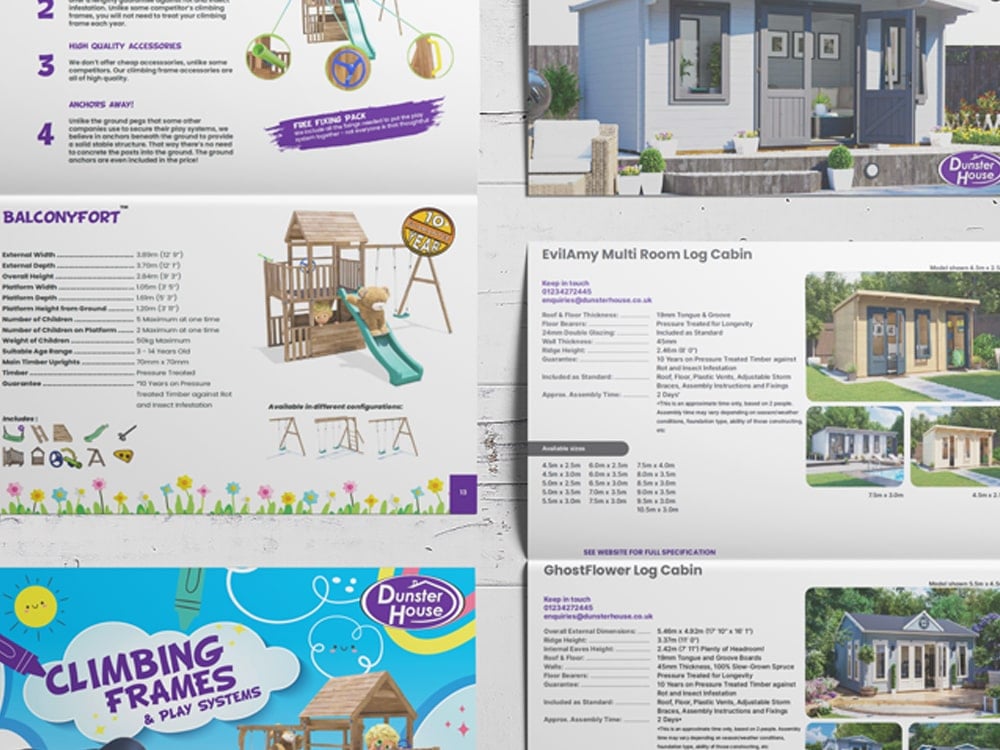Should you Run Mains Power to Your Garden Building?
It depends. We know that’s a vague answer, so we’ve prepared some questions to ask yourself:

- Do I want to use my shed year-round?
- What do I use my shed for?
- Do I want my shed to be used for something different (as well)?
- Do I spend lots of time in the garden?
- Is mains power or solar power better?
- Is the garden spacious enough that it is inconvenient to use the plugs in the house?
Now that you’ve figured out if you need power to your shed read on to figure out the how!
Contents
1. Planning for Installing Power
1. Planning Your Power Installation
Planning permission will be required should you wish to add electrics to your garden building. This falls under The Building Regulations 2010: Electrical Safety – Dwellings P (Electrical safety: Approved Document P – GOV.UK). Within the scope of this, you must ensure all wiring and materials used to connect your garden building to power is safe; this includes ensuring that your main electricity supplier has the capability to supply your extra building with electricity.
If the installer is not a registered competent person and hasn’t appointed a third-party certifier they must notify the building control body before work begins. At the end of the installation process, a registered competent person, a registered third party or the building control body must inspect and test the work.
Should you be planning to do this yourself make sure you use PPE, collect all the materials you need and turn off your mains power prior to starting. Materials you may need include:

- Cables (armoured)
- Conduit
- Gloves
- Spade
- Concrete
- Crow Bar (for lifting tiles)
- Drill (with hole saw)
2. Location, Location, Location…of your Garden Building
Plug Placement

Consider what you’ll need to use the electricity for. This will allow you to better plan where to place each outlet and how many are needed. For the placement of your outlet, it is important to place the hole that will allow your cable to enter the building at a high enough position to prevent adverse weather conditions from affecting it. We would also recommend that if you are drilling from the outside of your shed you angle your drill upwards and vice versa. This is to prevent rain from bringing water to any exposed electrical cable.
The power usage will also need to be considered as you may even need to get a new fuse box. For most cases, you will need to connect the cables to the wires (of a socket) within your house. Having got the power through to the outside your house, a fuse box to control the flow of electricity on the outside will protect the breach and cables (make sure to use sealant to prevent water entering).
Overground or Underground
Before you begin work you need to decide if you’d like your cable to be in the ground or not. For overground cables, they will need to be armoured for safety. The placement will need to be carefully thought out. Consider future works and construction so you don’t damage the cable and/or hurt yourself.
Additionally, you will have to think about the aesthetic of your garden and how visible cabling will affect this. This can be mitigated by concealing the cables with flowerbeds.
Another option is burying the cables underground which is the safer and more sightly option. However, this option requires more work at the time of implementation as you will need to prepare a cable trench.
Digging Your Trench

For this process, you can hire a professional to dig the trench or should you think you’re up to the task you could do this yourself. Make sure all wires are at least 450mm underground for armoured cables and for unarmoured cables a conduit will be required. If you have chosen to get unarmoured cables and add your own conduit, the use of a wire lubricant will make this process easier.
Digging the trench just before the electrical cables are put into the ground is best, so that the weather doesn’t have time to undo or affect the hard work done. If you cannot dig deep enough to protect the cables, bury them as far as you can and surround them with concrete.
3. Consider Solar Power
Solar power and renewable energy in garden buildings come with a whole range of benefits. To list just a few: it’s environmentally friendly, saves you money, and if a power cut were to occur it wouldn’t affect solar power. There is no need for planning permission (in most cases) and you could add a battery to store power gained from sunny days, which will make your solar power more reliable (even if the British weather is not).
4. Hire a Professional

We would recommend hiring a professional electrician (unless you are one), as this will facilitate the entirety of the process. This way you can also be comforted by the knowledge that the electrical work has been done properly, safely and to a high standard.
This is, however, dependent on finding a good electrician. If you wish to find a reliable electrician (or any other trader) near you Which? offers a service to help you find this – Trusted Traders.
We hope you found this guide helpful and feel emPOWERed to put your shed on the grid. Now that you have all that power you need to use it wisely – get some inspiration for what to do with it by checking out our decorating ideas!





